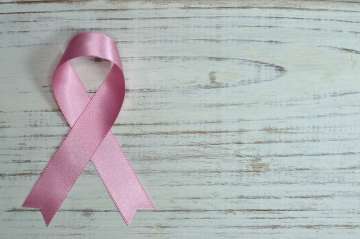Babies exposed to thirdhand smoke in vitro may be at increased risk of the suffering severe lung cancer, finds a study. Thirdhand smoke is a kind of toxic residue that lingers on indoor surfaces and in dust long after a cigarette has been extinguished, which was already regarded as a health hazard nearly 10 years ago.
The study conducted on mice showed an increased incidence of lung cancer, larger tumours and a greater number of tumours, compared with control mice.
Exposure to thirdhand smoke can occur via inhalation, ingestion or absorption through the skin, the Xinhua reported.
"Thirdhand smoke causes hidden risks of tobacco smoking. You cannot see it, but you can smell it," said Bo Hang, a staff scientist at US Lawrence Berkeley National Laboratory (Berkeley Lab).
For the study, appearing in the New England Journal of Medicine, the team housed a cohort of 24 mice with scraps of fabric impregnated with thirdhand smoke from the age of four to seven weeks.
They received a dose of an estimated 77 micrograms per kilogram of body weight per day.
Brief exposure to thirdhand smoke was associated with low body weight and immune changes in juvenile mice, the results showed.
Field studies have confirmed that the presence of thirdhand smoke in indoor environments is widespread, and traditional cleaning methods are not effective for removing it.
Young children are most likely to suffer from thirdhand smoke, Hang was quoted as telling Xinhua.
"Young kids who crawl and put objects in their mouths are more likely to come in contact with contaminated surfaces, and are therefore the most vulnerable to thirdhand smoke's harmful effects," Hang explained.
The most significant progress made in the study of THS is that the long-term effects of THS are determined to be linked to human cancers, Mao, a geneticist senior staff scientist at Berkeley Lab, told Xinhua.
(With IANS Inputs)

